Drought tolerant plants dying after planting?
cdksd
14 years ago
Related Stories
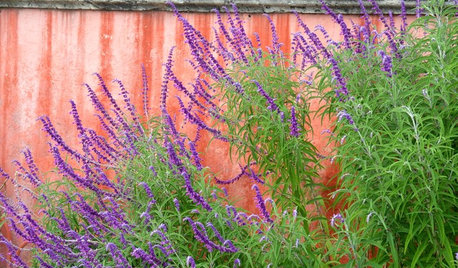
GARDENING GUIDES10 Plants for Colorful Fall Blooms in the Drought-Tolerant Garden
Want fall color but not a big water bill? Consider these not-too-thirsty fall bloomers
Full Story
GARDENING GUIDES10 Drought-Tolerant Shrubs That Thrive in Full Sun and Reflected Heat
Got a hot spot in your garden where plants often die? Try these tough shrubs that add beauty while shrugging off the heat
Full Story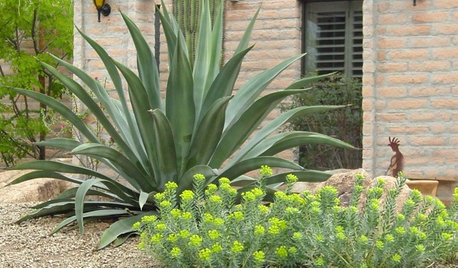
GARDENING GUIDESHow to Spot a Drought-Tolerant Plant
Label? Who needs a label? Learn the characteristics of plants that can thrive in hot, dry conditions to help you pick the right ones
Full Story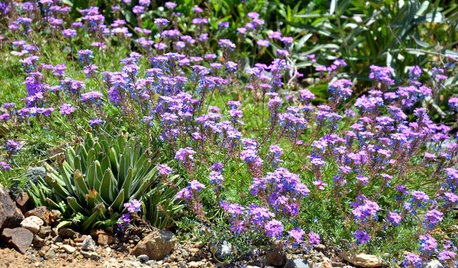
FLOWERS AND PLANTSGlandularia Pulchella Trails Color Through the Drought-Tolerant Garden
Masses of purple blossoms and finely textured foliage cover the ground of arid gardens from spring to fall
Full Story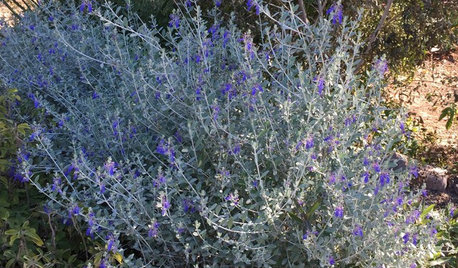
GARDENING GUIDESGreat Design Plant: Teucrium Fruticans for Drought-Tolerant Gardens
The silvery-gray foliage and blue flowers of this Mediterranean native stand out in low-water landscapes
Full Story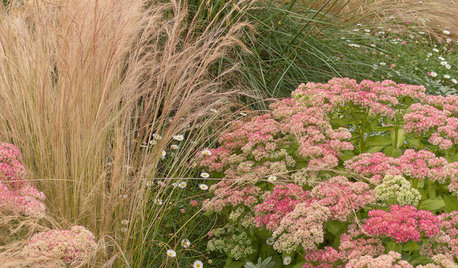
GARDENING GUIDESGreat Garden Combo: 3 Soft-Looking Plants for a Dry Climate
Weave a romantic tapestry with this drought-tolerant combination of plants as tough as they are lovely
Full Story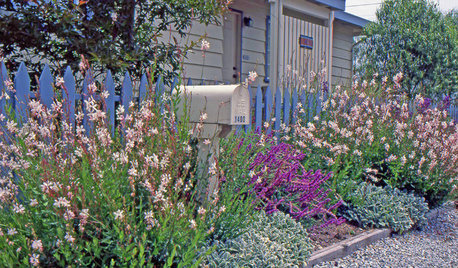
GARDENING GUIDESGreat Design Plant: Gaura Lindheimeri
Delicate, butterfly-shaped flowers ‘float’ above the foliage of this lovely, drought-tolerant perennial
Full Story
GARDENING GUIDESGreat Design Plant: Ceanothus Pleases With Nectar and Fragrant Blooms
West Coast natives: The blue flowers of drought-tolerant ceanothus draw the eye and help support local wildlife too
Full Story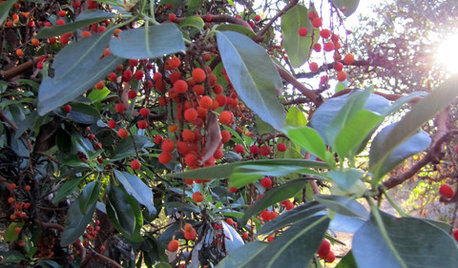
GARDENING GUIDESGreat Design Plant: Arbutus Menziesii
This drought-tolerant West Coast native tree thrives with minimal water in difficult garden spots
Full Story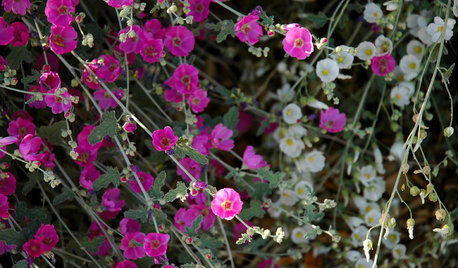
FLOWERSGreat Design Plant: Globe Mallow
This drought-tolerant perennial hides a secret, but the delicate beauty it brings to desert landscapes is no surprise
Full Story





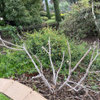
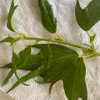
trpool
calistoga_al ca 15 usda 9
Related Professionals
New Bedford Landscape Architects & Landscape Designers · Choctaw Landscape Contractors · College Park Landscape Contractors · Hawthorne Landscape Contractors · Hickory Hills Landscape Contractors · Pleasanton Landscape Contractors · Salem Landscape Contractors · Sun City Center Landscape Contractors · Crowley Landscape Contractors · Eatontown Swimming Pool Builders · Jericho Swimming Pool Builders · Lake Forest Swimming Pool Builders · Denver Window Contractors · Granite City Window Contractors · Homestead Window Contractorsgobluedjm 9/18 CA
gardenerme
wanda
calistoga_al ca 15 usda 9
mlevie